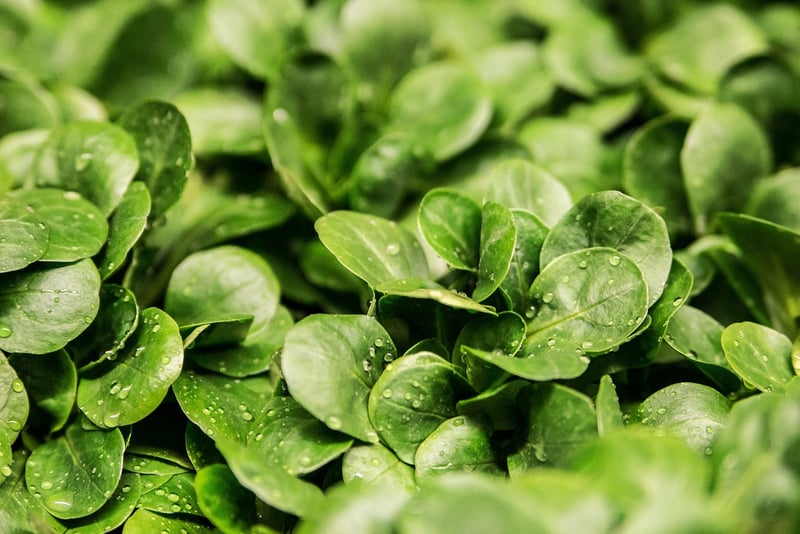Vertical hydroponics
Tips for Successful Vertical Gardening
Introduction to Vertical Gardening
Vertical gardening is a space-efficient way to grow plants vertically, ideal for small spaces like balconies, patios, or even indoors. It not only adds greenery but also enhances the aesthetics of your living space.
Benefits of Vertical Gardening
- Maximizes space utilization
- Improves air quality
- Reduces pests and diseases
- Allows easy access for gardening tasks
Tips for Successful Vertical Gardening
- Choose the right plants that thrive vertically, such as ivy, succulents, or herbs.
- Ensure proper sunlight exposure for your vertical garden.
- Use a sturdy structure to support the weight of the plants.
- Regularly water and fertilize your vertical garden to keep it healthy.
- Prune and maintain your plants to prevent overgrowth and maintain aesthetics.
Vertical Hydroponics
Vertical hydroponics takes vertical gardening to the next level by growing plants without soil, using nutrient-rich water solutions. It is a sustainable and efficient way to cultivate plants.
Benefits of Vertical Hydroponics
- Conserves water
- Provides optimal nutrient uptake for plants
- Requires less space compared to traditional gardening
- Minimizes the risk of soil-borne diseases
Tips for Vertical Hydroponics
- Choose a suitable hydroponic system based on your space and plant requirements.
- Monitor and maintain the nutrient levels in the water solution regularly.
- Ensure proper aeration for the plant roots to thrive.
- Regularly check for pests and diseases in the hydroponic setup.
Vertical gardening and vertical hydroponics offer innovative ways to grow plants efficiently in limited spaces. Whether you prefer the traditional soil-based vertical garden or the soil-less vertical hydroponics system, both methods can bring nature closer to your living environment.


Start your vertical gardening journey today and enjoy the benefits of a green oasis in your home!
Explore more vertical gardening ideas here.